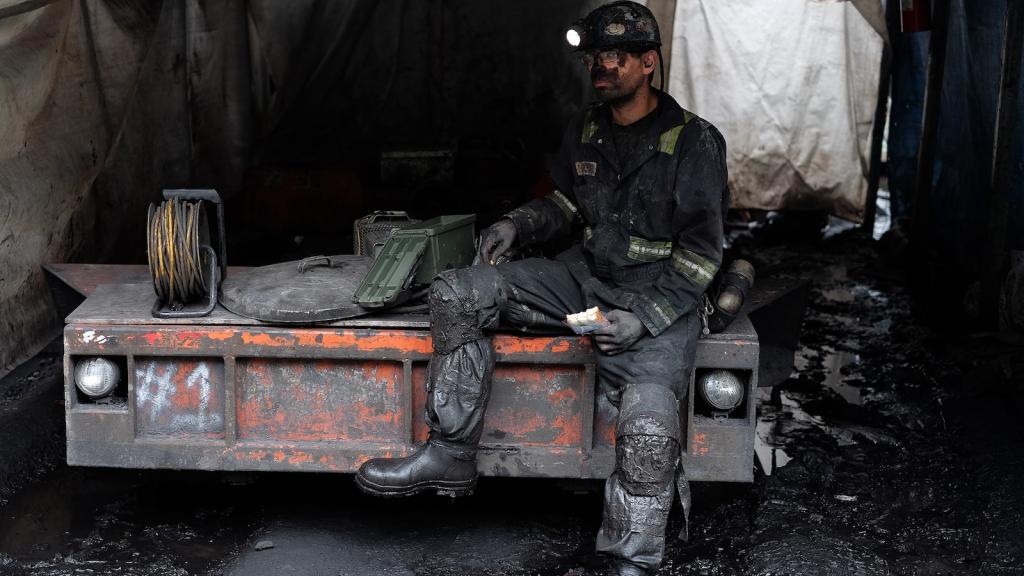This post originally appeared on Energy Self-Reliant States, a resource of the Institute for Local Self-Reliance’s New Rules Project.
Using the tax code rather than cash incentives to support wind and solar power costs ratepayers significantly more. I wrote about this problem last year because project developers were selling their federal tax credits to third parties at 50 to 70 cents on the dollar. And David Roberts wrote about it a couple of months ago:
Along these lines, the Bipartisan Policy Center released a study [in March] showing that simply handing cash to clean energy developers is twice — yes, twice — as effective as supporting them through tax credits.
 The problem is that all but the largest renewable energy developers can’t capture the full value of the federal tax credits. So, prior to the economic collapse, a number of enterprising investment banks (and others) started buying up tax credits from developers to reduce their tax bills.
The problem is that all but the largest renewable energy developers can’t capture the full value of the federal tax credits. So, prior to the economic collapse, a number of enterprising investment banks (and others) started buying up tax credits from developers to reduce their tax bills.
Banks took their cut, of course, which decreased the value of the tax credits to the actual wind or solar project.
This was great for big banks, but lousy for taxpayers and electric ratepayers. In fact, using tax credits instead of cash grants for wind and solar projects increased the cost per kilowatt-hour produced by 18 and 27 percent, respectively. (Wait, why not 50 percent? Because even though the tax credit is only half as good as cash, the cash payment only covers up to 30 percent of a wind or solar project’s costs. So cash in lieu of tax credits can only improve that portion of a project’s finances.)
 Seen another way, if the $4 billion spent on renewable tax incentives in 2007 had been given as cash instead, it could have leveraged 3,400 megawatts of additional wind power and 52 megawatts of additional solar power. This would have increased incremental installed wind capacity in 2007 by 64 percent, and installed solar capacity by 25 percent.
Seen another way, if the $4 billion spent on renewable tax incentives in 2007 had been given as cash instead, it could have leveraged 3,400 megawatts of additional wind power and 52 megawatts of additional solar power. This would have increased incremental installed wind capacity in 2007 by 64 percent, and installed solar capacity by 25 percent.
The increased costs come from higher prices that utilities pay for wind and solar power (and pass on to consumers) as well as the the cost to taxpayers of passing half of the tax credit value to investment bank shareholders instead of wind and solar projects.
The problem isn’t solved, but has simply been postponed.
 When the economy tanked, so did profits (and tax liability) for big banks. Wind and solar producers had no one to buy their tax credits and the entire industry was in danger of collapsing. The adjacent chart illustrates the idiocy of relying on the tax code for energy policy.
When the economy tanked, so did profits (and tax liability) for big banks. Wind and solar producers had no one to buy their tax credits and the entire industry was in danger of collapsing. The adjacent chart illustrates the idiocy of relying on the tax code for energy policy.
Congress stepped in with a temporary fix, allowing project developers to receive a cash grant in lieu of the tax credit. The temporary cash grant (currently extended through 2011) kept the wind and solar industry running during the recession and has saved taxpayers and ratepayers billions of dollars.
It’s also helped level the playing field, allowing for local ownership of wind and solar projects (such as the cooperative-owned Crow Lake Wind Project in South Dakota), rather than requiring complex tax equity partnerships. It’s meant more revenue from wind and solar staying in the local community. And this means a larger, stronger constituency for renewable energy.
The cash grant option will expire at the end of 2011, but hopefully the climate hawks and fiscal hawks in Congress will take note: we can support wind and solar at half the price with smarter policy.
(Hat tip to David Roberts.)


